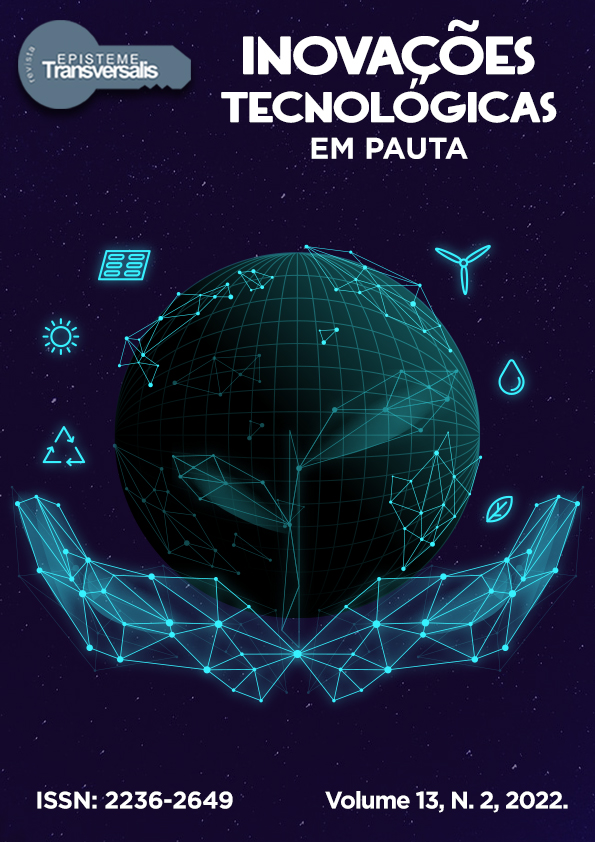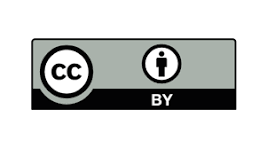O ENSINO DA ORTOGRAFIA NOS ANOS INICIAIS DURANTE A PANDEMIA
TEACHING SPELLING IN THE EARLY YEARS DURING THE PANDEMIC
Palavras-chave:
Anos iniciais, Ortografia, Pandemia, Early basic education, Pandemic, OrthographyResumo
Neste trabalho analisou-se as causas que determinam os impasses vividos pelos professores com o ensino da ortografia durante a pandemia do COVID-19 e o desenvolvimento dos alunos dos anos iniciais durante o período de 2020/2021. A coleta de dados foi realizada através de ditados textuais com dois momentos diferentes para os alunos do 4º ano do ensino fundamental 1 de uma escola pública do município de Barra Mansa. Como resultado, verificou-se que o tempo excessivo longe da sala de aula prejudicou a aprendizagem das crianças. Tendo em vista uma maior consolidação das irregularidades ortográficas no ditado de alunos que estavam no ensino presencial desde o início do ano do que nos de alunos que retornaram após o primeiro semestre para o Ensino presencial. Tratou-se de uma pesquisa qualitativa e quantitativa. O Segundo teste foi baseado na metodologia de Artur Gomes de Morais, que consiste em um ditado interativo que visa ensinar de forma eficaz a ortografia. Foi realizado também um questionário voltado para nove docentes, nos quais eles tiveram a oportunidade de pontuar os fatos que contribuíram para o atraso dos estudantes durante a pandemia. Analisou-se que todos os docentes avaliados concordaram que ocorreu este atraso e pontuaram inúmeras barreiras. A fim de solucionar essa problemática, trouxemos como estratégia pedagógica para ajudar o docente a enfrentar esses desafios, o ditado interativo proposto por Morais, que pode ser um aliado para correção dos danos ortográficos causados pela pandemia.
Abstract
In this work, the causes that determine the impasses experienced by teachers with the teaching of orthography during the COVID-19 pandemic and the development of students in the early basic education during this period of 2020/2021 were analyzed. Data collection was carried out through textual dictations with two different moments for students in the 4th year of elementary school 1 of a public school in the municipality of Barra Mansa. Therefore, it was found that excessive time away from the classroom harmed children's learning. For a greater consolidation of orthography irregularities in the dictation of students who were in classroom education since the beginning of the year than students who returned after the first semester for classroom education. It was a qualitative and quantitative research. The second test was based on the methodology of Artur Gomes de Morais, an interactive dictation that aims to effectively teach orthography. A questionnaire was also carried out for nine professors, where they had the opportunity to point out the facts that contributed to the delay of students during the pandemic. It was analyzed that all the evaluated professors agreed that this delay occurred and that they scored numerous barriers. In order to solve this problem, we brought as a pedagogical strategy to help teachers face these challenges, the interactive dictation proposed by Morais, which can be an ally to correct the orthography damage caused by the pandemic.
Downloads
Downloads
Publicado
Como Citar
Edição
Seção
Licença
Copyright (c) 2022 Episteme Transversalis

Este trabalho está licenciado sob uma licença Creative Commons Attribution-NonCommercial 4.0 International License.
Revista Episteme Transversalis © 2010 por Centro Universitário Geraldo Di Biase está licenciada sob Creative Commons Atribuição 4.0 Internacional. Para visualizar uma cópia desta licença, visite https://creativecommons.org/licenses/by/4.0/













